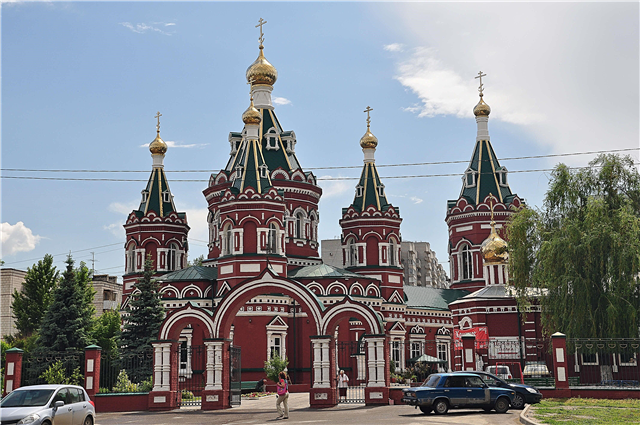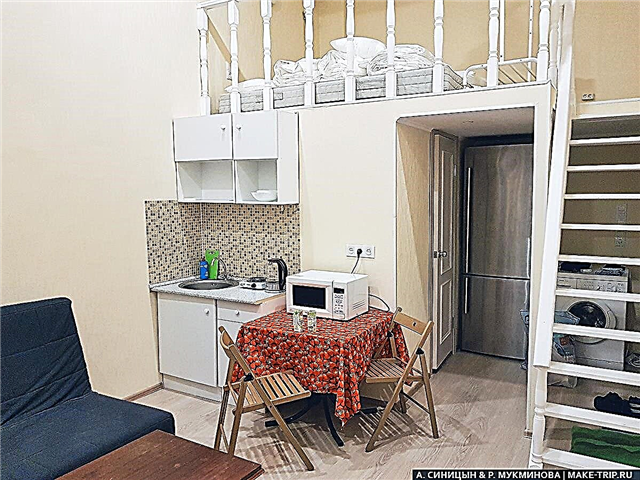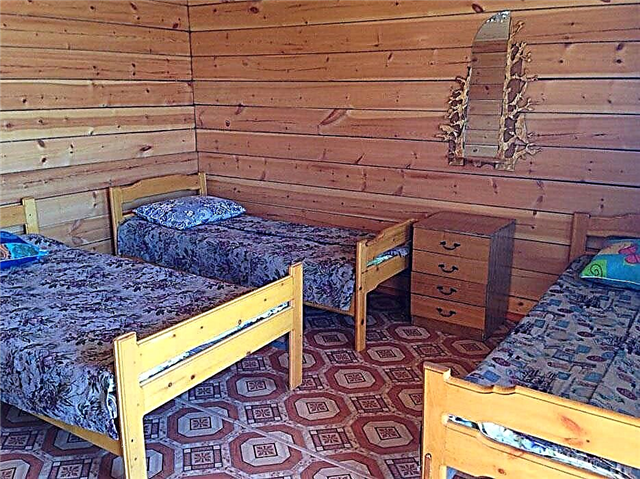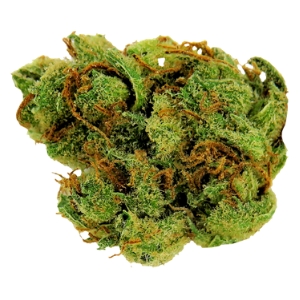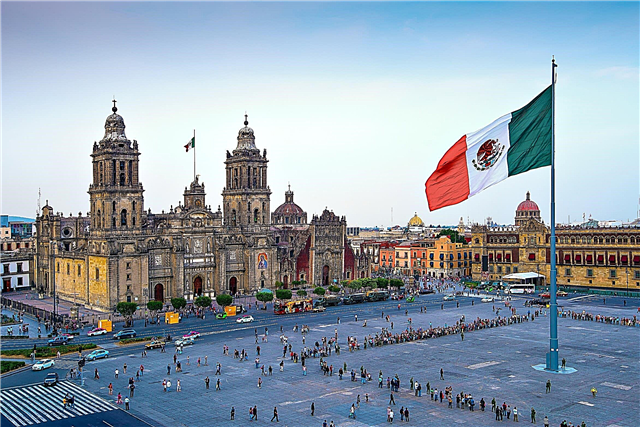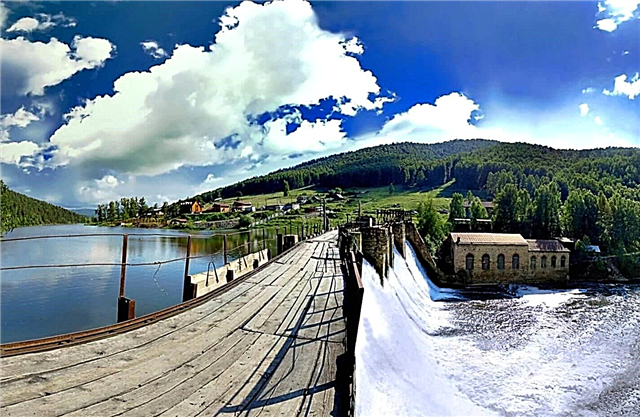Jokes about something harsh Chelyabinsk have a real basis, this region is really quite harsh, but incredibly beautiful. The region is located at the junction of parts of the world: Europe and Asia, therefore everything is special here. Starting from people and ending with attractions, mostly natural. There are many local tourism destinations: from historical, with visits to museums and excavation sites, to recreational.
Moreover, the latter is presented as a completely calm rest, such as hiking to numerous picturesque lakes, fishing and climbing the low Ural Mountains, and quite extreme. There are many caves for speleology lovers, and for rock climbers there are quite difficult routes.
The most interesting and beautiful places in the region
List, photos with names and descriptions of attractions that are worth seeing!
Tract "Thresholds"
The Bolshaya Satka river no longer has rapids, but the name remains. Instead, there is now a man-made lake that spilled over thanks to a high dam of rubble stone. It provides water for hydroelectric power plants and a pre-revolutionary iron smelter. A great place for wild recreation with a tent, and for those who prefer comfort, there is a cozy hotel next to the reservoir.

Arkaim
The ancient settlement of the Bronze Age with the unique preservation of fortifications and the overall integrity of the historical landscape gave rise to a whole reserve with the same name. In addition to the excavation site, there are a number of separate museums on the territory: "Cossack estate", a Stone Age settlement, reconstruction of the Sarmatian mound, and so on. Seasonal access, from May to October, visits to each facility are paid separately.

National Park "Taganay"
Lovers of mountain tourism come here, because the entire territory of the park is a continuous heap of rocks, hills and ridges with gorges. There are a number of its own natural attractions: unusual outliers, a turbulent river, freestanding rocks of bizarre outlines. The visit is paid, strictly by permission. On the territory you can spend the night in a tent, or book a house in one of the campsites.

Aisky cliffs
These are rock walls along the Ay river. There are Big ones, 100 meters high, and Small ones - about 60 meters. The former are notable for their hard-to-reach grottoes in sheer cliffs, the latter for their Dry Waterfalls: stepped crevices, which are a natural staircase in summer and a real waterfall in spring and autumn. Excursions are carried out mainly in the form of rafting on the Ay.
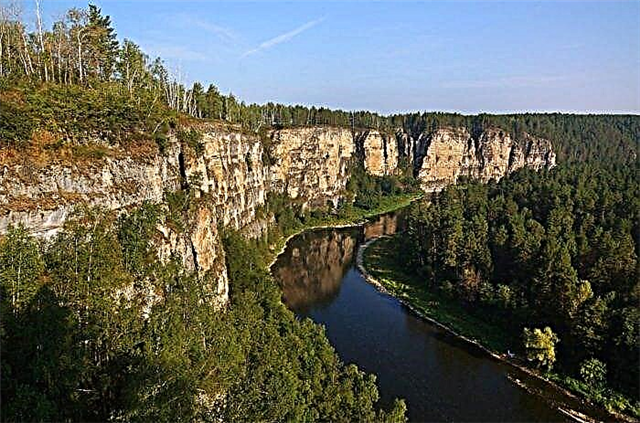
Estate of the Demidovs "White House"
Located in Kyshtym. The manor, built in 1757, belonged to an industrialist from the famous Demidov family. At one time, the building was a museum of minerals, but in 1917 it first became a vocational school, then housed a pedagogical institute. There is no access inside, the building is under reconstruction, so you will have to limit yourself to an external inspection with a walk in the park.

Ilmensky reserve
The state multidisciplinary reserve located near Miass is engaged in the preservation of the local living world, geological and mineralogical research, and environmental education. It has its own geological museum with unique collections of rare minerals (admission is paid, but the amount is symbolic). When visiting the reserve itself, you should strictly adhere to the rules of staying in it.
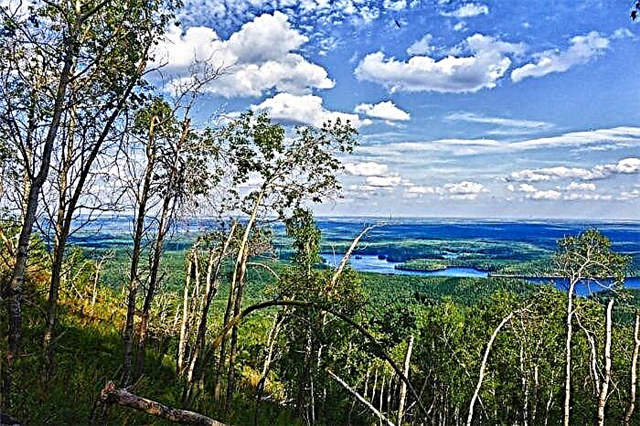
Ignatievskaya cave
It is located in a limestone rock near the village of Serpievka on the banks of the Sim river. The grotto is notable for the presence of a large number of rock paintings made about 8 thousand years ago. Also, according to legend, the cave was the refuge of the holy elder Ignat, after whom it was named. Visiting is strictly with a guided tour, it is strictly forbidden to take anything or add your own painting to the existing one.
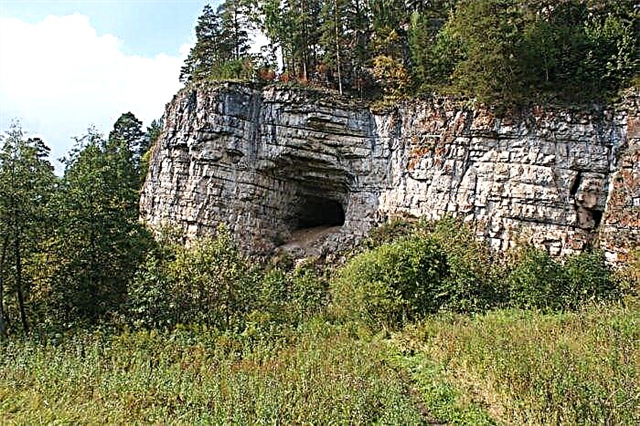
National Park "Zyuratkul"
The purpose of the park: preservation of natural Ural landscapes, archaeological research and education. In the center is Zyuratkul - a unique natural high-mountainous lake. The park supports the "Green Trail" program: the creation of special routes for tourists on its territory. You can stay in comfortable visiting centers located near the object.

Lake Turgoyak
Nicknamed "Ural Baikal" for the quality of the water. There are several islands with traces of the sites of ancient people, to which excursions are regularly taken. Around there are many recreation centers, boarding houses (but a savage is not prohibited from entering), there is a dive club where you can rent equipment: a very popular service, because the water is visible here 15-17 meters, and the underwater world is very picturesque.

Megaliths of Vera Island
In the western part of Turgoyak, there is a small island famous for its megaliths - built of stones, covered with massive slabs, structures 6 thousand years old. There are three of them, in addition to buildings, there are more than 40 objects: temple sites, tombs, a system of menhirs. There are also newer buildings, for example, the Old Believers' skete. You can get there comfortably by renting a boat, or by wading.

Kesene Mausoleum
He is the "tower of Tamerlane", although he has nothing to do with the ancient conqueror. It is located 2 km away from the village of Varna. The monumental structure itself is located in the middle of a necropolis of 150 mounds of different eras. It was almost destroyed, in 1985 it was restored, during the restoration work, the ancient technology of brick production was used, from which the seventeen-meter mausoleum was built.

Korkinsky coal mine
A unique coal mine, the second in the world in depth - more than 500 meters, 610 meters are planned. It is surrounded by huge dumps of rock, which, together with the size of the cut itself, makes the man-made landscape literally fantastic. You can view the quarry from the observation deck of the plant management, or order a helicopter flight over the entire surrounding area. Extreme care must be taken when visiting.

Sikiyaz-Tamak
A complex of caves on the banks of the Ai River, near the village of Alekseevka. Ancient people lived here for thousands of years, artifacts from the Stone to the Iron Ages, traces of the everyday and religious activities of our ancestors were discovered on the territory. The caves are shallow, special skills and equipment are not required to visit. You can get there by rafting down the river or on foot along the riverbed.

Lake Uvildy
Suitable for lovers of civilized relaxation in nature. Almost 80 health resorts, boarding houses, tourist centers with all the accompanying pleasures of water recreation are scattered along the shores of the reservoir: renting boats, diving, fishing. The lake is huge, so savages can also find a cozy place, usually such tourists stop near the village of the same name with the reservoir.

Lake Itkul
The name of the lake is translated from the Bashkir language - "Myasnoe", for the waters rich in various fish. People come here to fish, just relax and visit the Shaitan-stone - a local attraction in the form of a rocky cliff emerging from the water. There are recreation centers on the shores, but most of them come here with tents. It's better to get there by car, though you have to drive pretty well along a dirt road of not the best quality.

East Ural Reserve
An unusual reserve, the cause of which was the 1957 accident at the "Mayak" - a chemical plant engaged in the processing of radioactive materials. After the prohibition of any economic activity, nature literally came to life here, despite some negative consequences of contamination of the area.Responsibility for the visit rests on the shoulders of a tourist who has decided on an adventurous adventure; a guide can be hired among the locals.

Heir's fortress
The outpost of the defense of the Russian Empire on the southern borders, which prevented the raids of the steppe people in the Urals. It has a glorious military history, which the guides will tell about, although the original buildings are almost not preserved, almost the entire citadel was restored from scratch in the nineties. It is located in the border zone with Kazakhstan, therefore, when visiting, all tourists need to attend to the presence of passports with them.

Chimes of Magnitogorsk
The creation of the architect Yevgeny Ponomarev is located opposite the administration, in the center of Magnitogorsk. The 29-meter stele is the main city attraction; all events and celebrations are held on the square next to it. Not only guests of Magnitogorsk, but also newly-made local spouses consider it their duty to be photographed at the monument, beautiful in its simplicity.

Monument "Rear - Front"
Part of the triptych: Volgograd "Motherland", Berlin "Warrior-Liberator" and this monument in Magnitogorsk. The connection is clearly traced. The sword, forged in the Urals, is handed over to the fighter - carried over his head at Stalingrad - lowered after the victory in Berlin. It honors the memory of the dead residents of Magnitogorsk, whose names are engraved on the pedestal, and the feat of the heroes who, with hard work, won victory at the machines behind the backs of Soviet soldiers.

Chelyabinsk Museum of Local Lore
This museum with more than a century of history has a fund of 300 thousand items. There are many exhibitions: from the history of the region from the Stone Age to the present, to extensive collections of insects, minerals, botanical wonders and documents. The cost of visiting different expositions varies, you can purchase a single ticket for everyone. The institution works seven days a week, except for the first Monday of the month - a cleaning day. The museum contains a 500 kilogram Chelyabinsk (Chebarkul) meteorite.

Museum of the Chelyabinsk Tractor Plant
This chronicle of the development of Soviet engineering. A lot of exhibits telling about the labor feat of designers and workers who endured the hardships of industrialization and the Great Patriotic War on their shoulders. During the war years, the plant was redesigned for tank building. In addition to samples of equipment, there are many documents, photos, personal belongings of ChTZ employees. Visitors especially note the sincere approach and excellent awareness of the guides.

Chelyabinsk Railway Museum
The expositions are huge. They are divided into an open-air part, where real mothballed locomotives of all types are presented: steam, electric and diesel locomotives, including the model of the "steam coach" invented by the Cherepanovs and pavilions with documentation and railway equipment. Admission is free, and competent guides will tell visitors of all ages about the history of the development of SUR.

Argazinskoe reservoir
By human hands, the small lake Argazi was turned into a huge reservoir. There are many small bays, and the surface is dotted with many islets. They come here to fish and come across notable trophies: in addition to standard roach, bream, whitefish, perch and pike, there are rare specimens of sturgeon and trout. There are many specialized recreation centers at the service of lovers of men's leisure.

Bell tower in Zlatoust
The main attraction of Zlatoust is the 36-meter high tower-belfry erected in record time. Excursions to its observation deck are free, it is not forbidden to try yourself as a bell ringer. The bell tower adjoins the recently opened mountain park named after the naturalist P.P. Bazhova. The territory is home to many carved wooden sculptures and architectural forms familiar from folk tales.

Kaolin quarry
This former quarry was nicknamed "Ural Bali" for the unusual color of the water that fills the artificial lake. Due to the blue clay, its surface has an unusual azure hue, like the sea waters of the notorious resort. It is not officially recommended to swim here, but curious tourists constantly ignore the ban. Care should be taken, the clay bottom of the lake is very muddy and can easily suck in.

Cheremshan quarries
Former nickel mining turned into picturesque lakes. The name is associated with the abundance of wild garlic growing in the vicinity, and the reservoirs themselves attract tourists with the unusual color of the water, due to the presence of a suspension of dissolved minerals. You can swim here, but with caution: the edges of the quarries sometimes crumble, and the water warms up only on the surface, below a couple of meters it is icy.
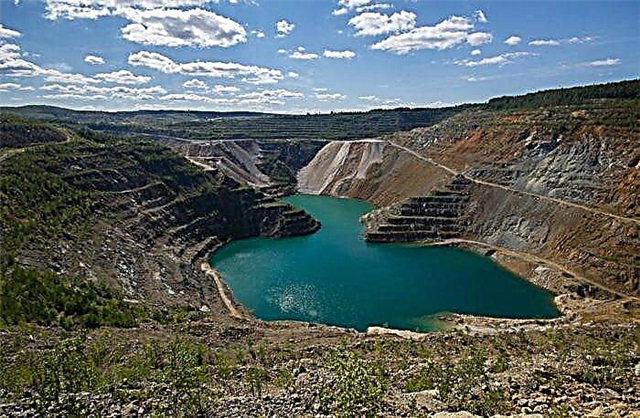
Lake Arakul
Translated from Bashkir - "Lake between the mountains". Popular in the Urals, the lands of underwater hunters, you can shoot here trophy dimensions of pike, burbot, perch, Chud whitefish and peled. Large lake crayfish are also found. For an ordinary wild recreation, the lake is also ideal: it is easy to find a secluded place on the shore and make yourself comfortable. The surroundings are also loved by fans of rock climbing for difficult interesting routes.

Shemakhinskaya cave
She is the Skaz cave. They usually visit the attraction in winter, when it reveals itself in all its glory. When its surface, watered in the warm season, turns into a fantastic ice rink. The cave is karst, on the walls you can often come across prints of fossilized ancient animals. Simple, not very branched, so that an experienced caver will not be able to get lost, however, precautions should be taken.

Kiselevskaya cave
A picturesque cave, although somewhat problematic for visiting: the entrance is located in a karst funnel, in winter, glaciation of the walls creates special difficulties. A special feature is the presence in some of the grottoes of cave pearls: a mineral similar in composition and outwardly to a sea jewel and forming whole placers. In the grotto of the Clay Gods, visitors often leave their own sculptures made of plastic cave clay. There are hundreds of them.

Aleksandrovskaya Sopka
It was named in honor of Tsarevich Alexander Nikolaevich, who deigned to visit this mountain peak during his trip to Zlatoust. A funny legend is associated with this event, which guides will certainly tell. Near the hill itself there is a picturesque pond, and the view of Zlatoust from it is simply breathtaking. It's easy to get there, there is a road nearby, from which you will have to walk a little on foot through the mountain forest.


